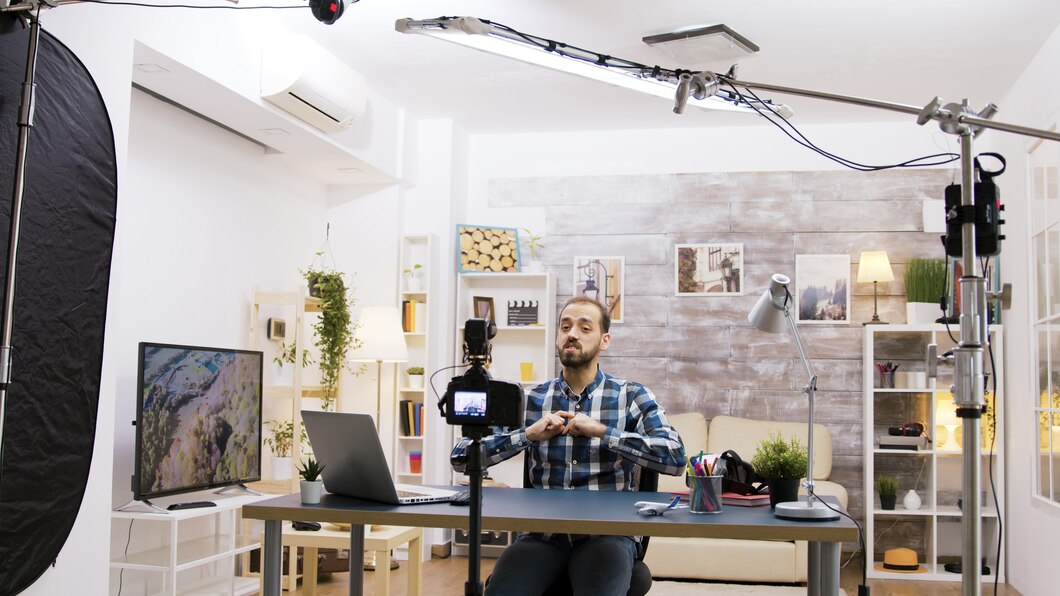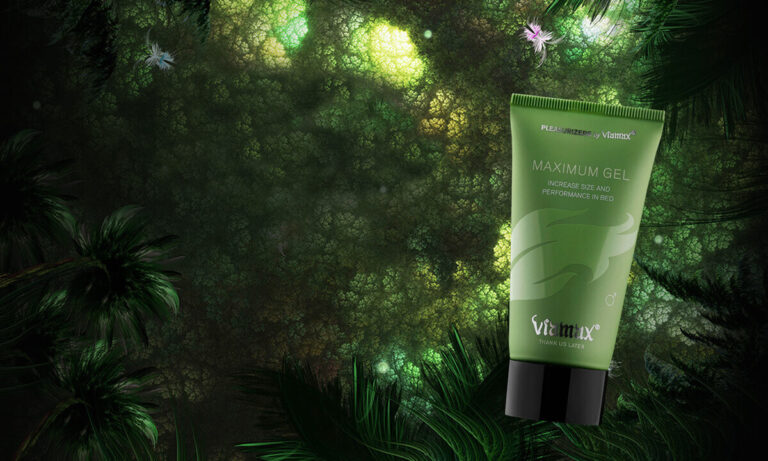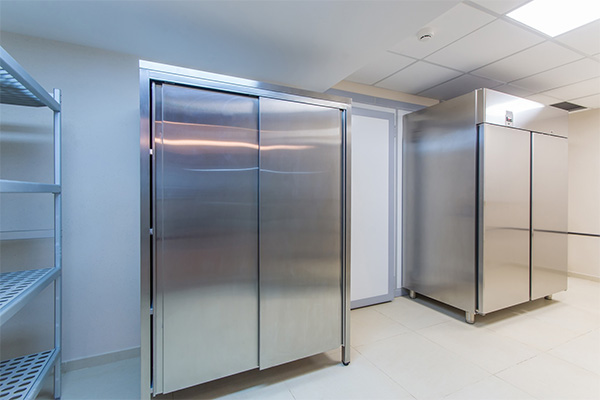
Natural Light
In the quest for the perfect workshop or studio space, one element often stands out as both essential and inspiring—natural light. For artists, designers, and creators of all kinds, the right lighting can make all the difference in productivity and creativity. But how do you harness the power of natural light effectively? This blog explores strategies for enhancing your creative spaces with both light and air, providing practical insights to illuminate your work environment.
The Importance of Natural Light
Natural light doesn’t just brighten a room; it invigorates the mind and body. The benefits of natural light extend far beyond aesthetics. Exposure to sunlight during the day is linked to better mood, increased alertness, and improved sleep patterns. For those who spend hours in workshops or studios, incorporating natural light can significantly impact well-being and productivity.
Studies have shown that natural light enhances focus and reduces eye strain, making it ideal for detailed tasks such as painting, sculpting, or crafting. Beyond physical health, natural light also plays a crucial role in the creative process. Many artists find that the quality of natural light brings out the true colors in their work, providing a more authentic representation than artificial lighting.
Designing with Windows and Skylights
When designing your workshop or studio, consider how to maximize natural light through windows and skylights. Windows are a straightforward solution and can be strategically placed to optimize light throughout the day. Floor-to-ceiling windows, for instance, offer an expansive view and allow sunlight to flood the space, creating a dynamic and vibrant atmosphere.
Skylights provide an excellent alternative, especially in rooms where wall space is limited. By installing skylights, you can bring in light from above, reducing reliance on artificial lighting. This overhead light source offers consistent illumination and is less likely to cause glare on work surfaces. Incorporating both windows and skylights can create a well-balanced lighting scheme that adapts to your creative needs.
Harnessing Reflective Surfaces
To amplify the effect of natural light, consider using reflective surfaces in your workshop or studio. Mirrors, glass, and glossy finishes can bounce light around the room, enhancing brightness without additional fixtures. Position mirrors opposite windows to reflect incoming light and distribute it throughout your space.
Light-colored walls and ceilings further augment this effect. Shades of white, cream, or pastel colors reflect more light than darker hues, helping to maintain a bright and airy environment. By choosing reflective surfaces and light colors, you can maximize the impact of natural light, creating a vibrant and inviting space.
Ventilation and Fresh Air Flow
While natural light is crucial, fresh air is equally important in creating a conducive work environment. Proper ventilation ensures a constant supply of fresh air, which can enhance cognitive function and promote a sense of well-being. Openable windows and doors are essential for facilitating airflow, allowing stale air to escape and new air to circulate.
Incorporate fans or air vents to assist in maintaining a steady airflow, particularly in larger workshops or studios. These tools can help regulate temperature and reduce humidity, ensuring a comfortable working space regardless of the weather outside. Fresh air not only improves comfort but also contributes to a healthier, more productive environment.
Creating a Balanced Lighting Environment
Achieving the perfect balance between natural and artificial lighting can elevate the functionality of your space. Natural light should serve as the primary source, complemented by artificial lighting solutions for overcast days or nighttime work. Consider installing adjustable light fixtures that can be dimmed or brightened according to your needs.
Task lighting, such as desk lamps or track lighting, provides focused illumination for detailed work. These targeted lights can supplement natural light, reducing shadows and ensuring clarity during intricate tasks. By balancing natural and artificial lighting, you can maintain a consistent and effective work environment throughout the day.
Practical Tips for Enhancing Natural Light
Implementing a few practical tips can significantly enhance the natural light in your workshop or studio. Start by keeping windows clean and free of obstructions like heavy drapes or furniture. Use sheer curtains or blinds to diffuse harsh sunlight during peak hours while still allowing light to enter.
Consider the orientation of your space when planning renovations or new builds. South-facing windows capture the most sunlight throughout the day, while north-facing windows provide softer, indirect light. Aligning your workspace according to the natural light pattern can optimize visibility and comfort.
Integrating Plants for Ambiance and Air Quality
Adding greenery to your workshop or studio not only enhances aesthetics but also improves air quality. Plants naturally purify the air by absorbing carbon dioxide and releasing oxygen. Choose low-maintenance plants that thrive in natural light conditions, such as succulents, ferns, or pothos.
Place plants near windows or skylights to ensure they receive adequate light. Their presence can reduce stress, boost mood, and create a pleasant working environment. Integrating plants adds life and vibrancy to your space, complementing the natural elements of light and air.
Maintaining Energy Efficiency
While maximizing natural light, it’s essential to consider energy efficiency. Proper insulation and double-glazed windows help maintain temperature control, reducing the need for additional heating or cooling. Energy-efficient lighting and ventilation systems further contribute to sustainable and cost-effective operation.
Remember, a well-designed workshop or studio should not only prioritize functionality but also respect environmental considerations. By making energy-efficient choices, you can enjoy the benefits of natural light and air while minimizing your ecological footprint.
Conclusion
Designing a workshop or studio that harnesses the power of natural light and air is a game-changer for any creator. By incorporating strategic design elements such as windows, reflective surfaces, and ventilation, you can transform your space into a haven of inspiration and productivity. Whether you’re an artist, writer, or craftsman, the right environment will nurture your creativity and well-being.
For those considering a garage door repair in Boise, integrating natural light through your garage space can also enhance functionality and aesthetics. Take the next step in designing your ideal creative space and experience the transformational effect of natural light and fresh air.
Keep an eye for more news & updates on BuzzTeleCast!






